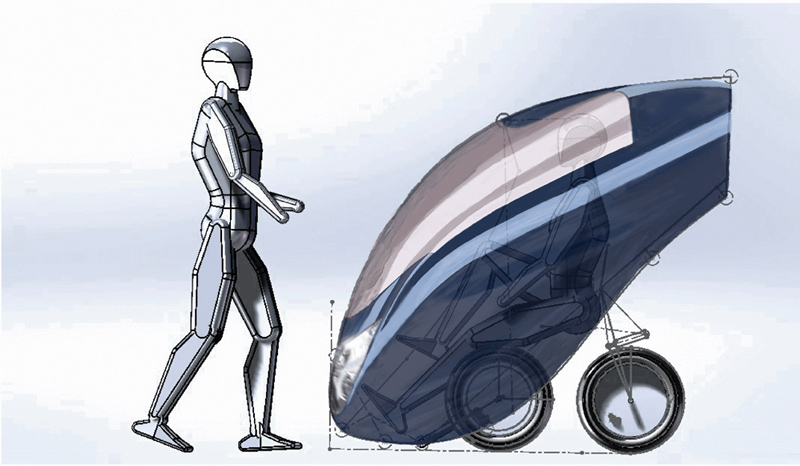In Flagstaff, Arizona, Route 66 is still home to innovation. Whether you’re hitting the road, navigating the skies, or shooting for the moon, you will find technology in Flagstaff to get you there and back.
Let’s dive right in by spotlighting a few highly innovative companies doing business today along the Route 66 corridor, in the heart of Grand Canyon Country and the Francisco Mountains:
The 50th anniversary of the Apollo 11 Lunar Landing is being celebrated around the country this year, and especially in Flagstaff. Every astronaut who stepped on the moon first set foot in Flagstaff, a great feat for the city. (In fact, the idea for the Clint Eastwood movie Space Cowboys first came from Apollo astronauts wearing cowboy hats to shield themselves from the plentiful sunshine during training.) As the first International Dark Skies Community, Flagstaff is an ideal location for all things astronomy. The Naval Observatory, Lowell Observatory, and 4.3-meter Discovery Channel Telescope make Flagstaff home, as do the USGS (United Stated Geological Survey) and their astrogeology programs. In addition to the dark skies, the surrounding cinder cones made Flagstaff the ideal landscape to practice lunar travel.
A couple of Flagstaff’s forward-thinking companies celebrate the spirit of new transportation. Planet Riders are hybrid human/electric vehicles powered by the driver and innovative electric motor technology. They take you from home to work, school, or the grocery store and back. You can pedal for some exercise, then ride the rest. Fully enclosed, 2-axis tilt, lightweight battery, extra-compact parking footprint, and freeway capability are just a couple of the features that make Planet Rider a revolutionary indoor/outdoor way to travel.
Novakinetics Aerosystems is an AS9100 certified company that creates custom solutions for aircraft systems. Design, engineering, and production occur in Flagstaff to produce high quality composites, aircraft seats, and ballistic protection systems, the latter in partnership with sister company Kinetic Defense. Another company, ATC Materials, delivers niche market expertise by developing ceramic and composite RF (Radio Frequency) materials. ATC Materials perfected the production of advanced ceramics manufacturing as it relates to extreme environments.
These two companies have collaborated to develop a radome that is 94 percent efficient at allowing specific radio frequencies to pass in and out. What is a radome? A structural, weatherproof enclosure effectively transparent to radio waves, with some type of antenna array behind it. This is critical when it comes to air travel for planes, rockets, missiles, re-entry vehicles, and satellites. All of this innovation is being developed in Flagstaff.
Flagstaff remains a launching pad for future innovations. As NASA develops their next-generation space suits for orbital, lunar, and Martian exploration, NASA scientists and engineers move through astronaut classes at the USGS in Flagstaff. Such trainings help the space suit design engineers know how future astronauts will need to move to conduct geological studies and build habitats on the Moon and Mars. ATC has been developing a new composite material for use in space-based phased array antennas – a steerable antenna with no moving parts. This material, among others, is currently aboard the International Space Station as part of the Materials International Space Station Experiment (MISSE) program, which studies the effect of the space environment on materials. Innovation is everywhere!










